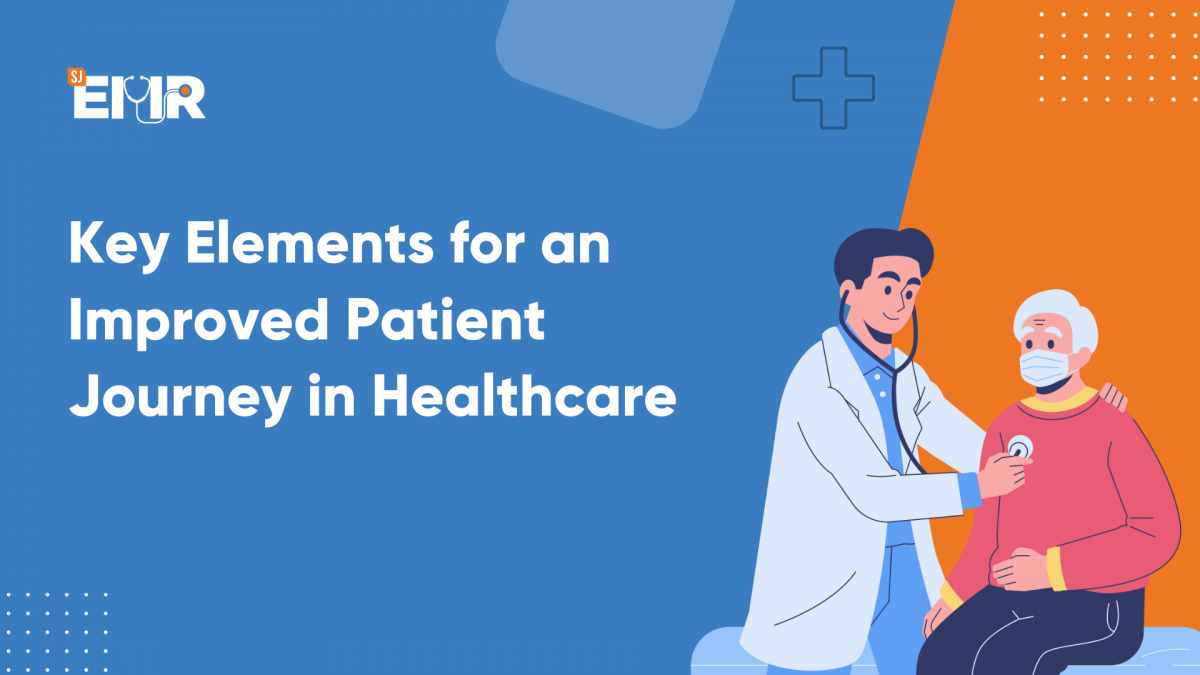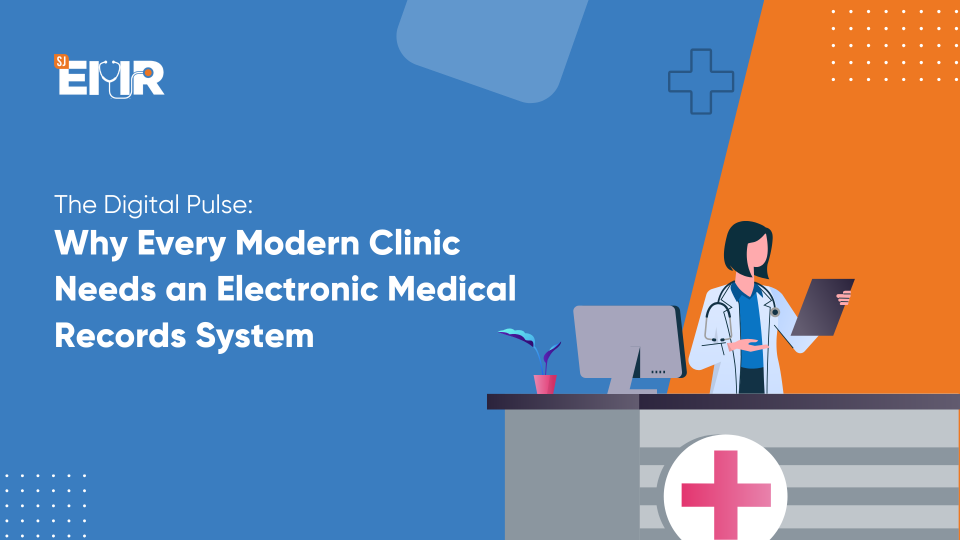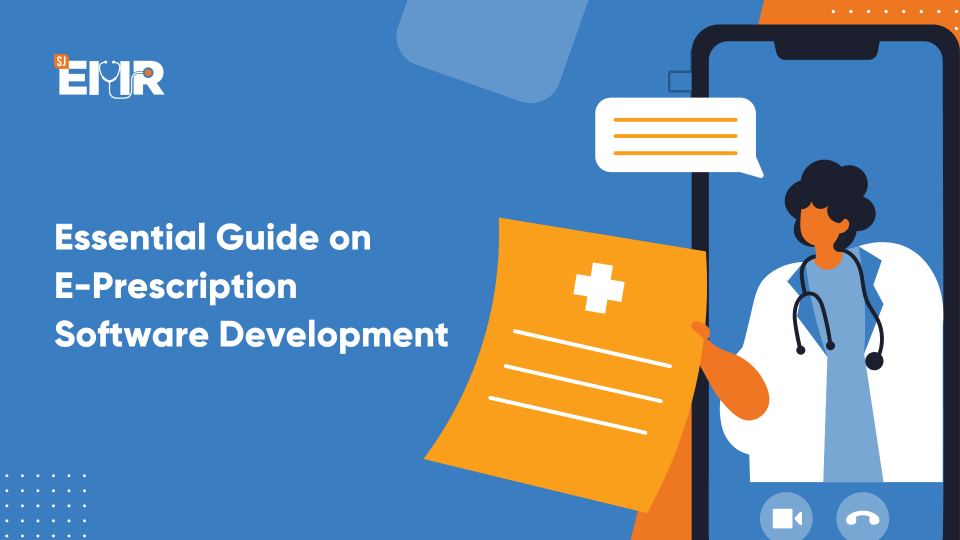Key Elements for an Improved Patient Journey in Healthcare

8 Ways Large Clinics Use EMR: Challenges & Shotgun Solutions
May 2, 2024
The Future of Medicine: Understanding How Electronic Prescriptions Work
June 20, 2024- BD EMR
- doctor bd
- Empathetic Care in Healthcare
- emr in bangladesh
- Enhancing Patient Journey
- Healthcare Encounter
- Healthcare Service Excellence
- How to improve patient-centric care in hospitals
- Improve Patient Experience
- Key elements for an improved patient journey in healthcare
- Patient Care Innovation
- Patient Engagement Strategies
- Patient management system
- Patient Satisfaction
- Patient-Centric Care
- Personalized Healthcare
- sj emr
- Strategies for enhancing every healthcare encounter
As physicians, you always want to make sure you are giving your patients the best cure, the best treatment, and the best experience you can give them – from the initial scheduling of appointments through the actual delivery of service. Delivering an exceptional patient experience is no longer just a nice-to-have; it’s an imperative. Patients have higher expectations than ever before, and patient satisfaction (or dissatisfaction) can significantly impact a healthcare organization’s reputation, retention rates, and bottom line.
A poor patient experience often stems from fragmented care, inefficient processes, lack of communication, and an overall disconnect between what patients want and what providers deliver. On the flip side, a positive experience fosters trust, loyalty, better health outcomes, and a thriving practice. So how can healthcare providers bridge this gap and create a truly patient-centric experience? By understanding patients’ needs, streamlining operations, fostering compassionate care, and leveraging technology strategically. Here are six key strategies to improve patient experience in healthcare.
Understand Patient Needs and Expectations
The first step on how to improve patient-centric care in hospitals is gaining a deep understanding of what patients truly want and value. While quality clinical care is non-negotiable, patients also desire convenience, transparency, empathy, and a holistic, coordinated experience.
Gather insights directly from patients through surveys, focus groups, online reviews, and advisory councils. Ask questions about their goals, pain points, and perceptions across every touchpoint, from scheduling to post-visit follow-up. Then, analyze this feedback to uncover trends and areas for improvement.
Optimize Scheduling and Wait Times
One of the most frequent patient grievances is excessive wait times – whether it’s delays in getting an appointment, sitting in the waiting room, or being kept waiting at any point during a visit. Such inefficiencies breed frustration, distrust, and a poor overall experience.
To minimize wait times, healthcare organizations should streamline scheduling processes, stagger appointments strategically, implement queue management systems, and consistently provide patients with accurate updates on delays. Investing in technologies like online scheduling, automated reminders, and digital check-in can also significantly enhance convenience.
Improve Communication and Transparency
Ineffective communication is the root cause of many negative patient experiences and poor outcomes. Patients feel dismissed when information isn’t conveyed clearly, when they don’t understand their treatment plan, or when pricing and policies aren’t transparent.
Conversely, open and empathetic communication builds trust and engagement. Providers should take the time to ensure patients fully comprehend their condition, treatment options, expected outcomes, and costs – avoiding complex medical jargon. They should also actively solicit questions, listen attentively, and include patients as partners in decision-making.
Personalize Care Delivery
With so many options today, patients expect an improved patient experience tailored to their unique needs, preferences, and circumstances – not a one-size-fits-all approach. Personalized healthcare is one of the best practices to boost patient experience in clinics as it demonstrates that you value your patients as individuals.
Get to know patients on a personal level, and use that insight to guide care plans, communication styles, and even amenities that create a sense of comfort. Leverage data from electronic medical records like EMR, remote monitoring devices, and other technologies to customize treatments, health coaching, and disease management.
Cultivate a Culture of Empathy
A patient’s healthcare journey can be stressful, overwhelming, and emotionally charged – whether they’re battling a serious illness, managing a chronic condition, or simply seeking preventive care. Empathetic, compassionate providers can alleviate anxiety and create a more positive, trustworthy experience.
From the front desk staff to physicians, everyone should receive training on emotional intelligence, reflective listening, validating concerns, and exhibiting a caring, respectful bedside manner. Leaders should role model these behaviors and celebrate staff who go above and beyond to provide a human, compassionate touch.
Leverage Patient-Centered Technology
While personal interactions will always be paramount, technology offers powerful ways to streamline processes, expand access, and empower patients when implemented thoughtfully.
Online portals enabling 24/7 access to medical records, appointment booking, refills, and messaging can enhance convenience and patient engagement strategies. Telehealth solutions minimize travel and increase access, especially for rural populations or those with mobility issues. At the same time, providers should thoughtfully blend digital and in-person experiences to preserve human connection and hands-on care.
Choosing the Right EMR for Your Medical Practice
1. Look for an EMR with a User-Friendly Design
- An EMR should make your team’s jobs easier, not harder.
- Look for a system with an intuitive interface that allows providers and staff to complete tasks quickly and seamlessly, without excessive clicks or hurdles.
- The design should be customizable to match your existing processes, not require overhauling your entire workflow.
2. Comprehensive Vendor Assessment
- Don’t just evaluate the EHR software itself. Thoroughly vet the company behind it as well.
- Make sure the vendor has a proven track record of excellent service and support.
- They should have resources to ensure their product evolves to meet future regulatory changes, technological advancements, and your practice’s growth needs.
3. Know if it’s wise for current and future use
- Your EMR selection impacts your practice for years to come, so choose a system that not only meets your current requirements but can scale as your needs evolve.
- Prioritize vendors committed to continuous innovation and enhancing functionality to improve efficiency, data insights, patient engagement tools, and more.
4. Check whether it complies with certifications
- Federal certification is mandatory to receive EMR incentive payments and avoid penalties.
- However, certification alone doesn’t guarantee an EMR is a good fit.
- Evaluate certified systems holistically against your desired features, specialties supported, implementation process, and more.
5. Robust Training and Support
- Even the best EMR requires comprehensive training to maximize return on investment.
- Ensure your vendor provides accessible training for you and your staff – through videos, documentation, webinars, and direct support.
- Their customer service team should also offer reliable technical support when issues inevitably arise.
Patient-Centered Care Needs: Continuous Innovation
Healthcare is constantly changing and to keep up, providers need to focus on what patients want and need. This means thinking about patient-centric care and using technology to make things like scheduling and communication easier, offering a mix of online and in-person care, and doing it in a way that feels personal and caring. Doing this well isn’t easy and it takes new ideas and ways of doing things.
For healthcare that really puts patients first, providers have to listen to what patients are saying, use EMR software to personalize experiences, talk to patients clearly, cut down on waiting, give care that fits each person’s needs, and be considerate and kind at every step. When doctors and nurses use these ideas, patients are happier, they’re more likely to come back, and the healthcare practice can grow and help even more people.




